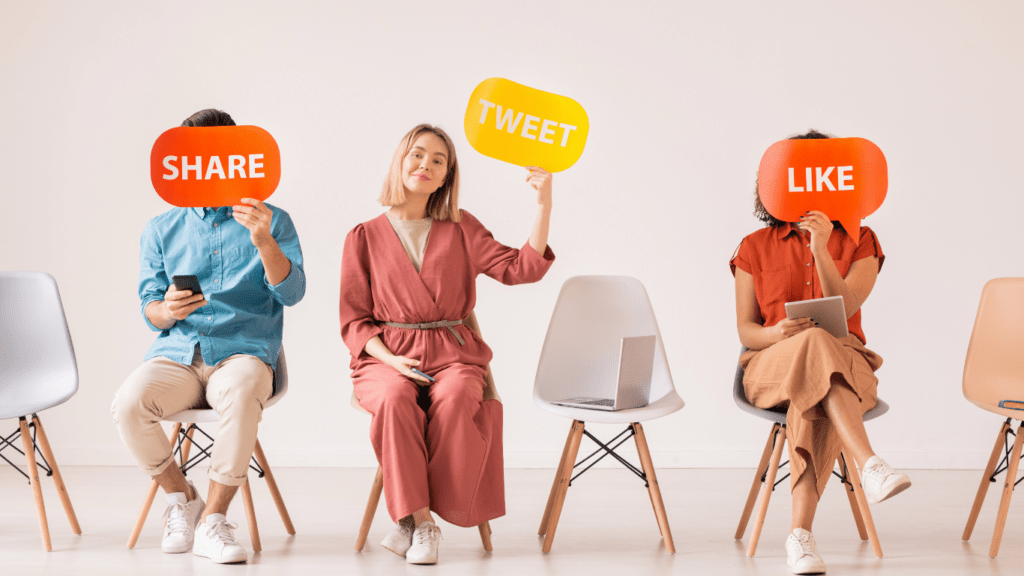Memes have become the heartbeat of online culture, shaping the way we communicate and connect in the digital world. They’re more than just funny images or clever captions—they’re a language of their own, capable of sparking trends, influencing opinions, and bringing people together across platforms. Every scroll through social media is a reminder of how memes dominate our feeds and conversations.
Understanding Memes: What They Are and Why They Matter
Memes are digital units of cultural information, usually taking the form of images, videos, text, or GIFs. They rely on a combination of visual and textual elements to convey humor, satire, or commentary. Originating from Richard Dawkins’ 1976 concept of “meme” as a cultural gene, they have evolved into versatile tools for communication online, often reflecting societal trends.
Memes matter because they function as a shared cultural language, enabling users to express complex ideas in relatable and concise ways. They spread rapidly across platforms like:
shaping online conversations and influencing public discourse. For example, viral memes like “Distracted Boyfriend” or “Shrek Memes” have become staples of internet culture, connecting global audiences with shared humor or insights.
Memes also drive digital trends by popularizing phrases, visuals, or topics. In marketing, recognizable memes can amplify brand engagement; for instance, brands like Wendy’s and Netflix have successfully incorporated memes into their social media strategies to resonate with younger audiences. Their ability to encapsulate emotions or opinions in seconds makes them powerful tools for influence and engagement in digital spaces.
The Role of Memes in Online Conversations
Memes play a central role in shaping how individuals interact and communicate online. They amplify emotions, spark discussions, and convey messages quickly across diverse audiences.
Amplifying Messages Through Humor
Humor in memes enhances online conversations by making complex or sensitive topics approachable. A satirical meme, for example, can simplify nuanced issues while stimulating thoughtful debate. Popular memes like “This Is Fine” or “Woman Yelling at a Cat” illustrate relatable experiences or frustrations, allowing users to connect over shared humor. By encouraging engagement, humor-driven memes often bridge cultural or linguistic gaps, fostering broader participation in digital conversations.
Memes as Tools for Advocacy and Awareness
Memes often influence public awareness campaigns and advocacy efforts. They condense urgent messages into shareable, impactful formats. During movements like #BlackLivesMatter and climate change initiatives, memes transformed headlines into digestible imagery, driving conversations across platforms. For instance, “We Are the 99%” memes fuel social justice dialogues by encapsulating economic inequality. Their portability ensures rapid dissemination, which revolutionizes how collective action garners support within digital spaces.
How Memes Influence Digital Trends

Memes act as cultural drivers, quickly adapting to societal changes and influencing digital trends that shape online interaction. By combining humor, relatability, and timely relevance, they amplify participation across various spheres of digital culture.
Shaping Pop Culture and Viral Movements
- Memes embed themselves into pop culture by reflecting and amplifying societal interests, events, and narratives.
- Viral examples like “Leo Pointing” and “Sad Keanu” resonate globally and create shared references that transcend geographical boundaries.
- They often serve as vehicles to popularize niche content or revitalize older media, as seen with “Shrek” memes.
- Memes spark viral movements by offering easily recognizable visual identities.
- Campaigns like “Ice Bucket Challenge” and #MeToo became cultural phenomena partly due to meme-driven amplification.
- Their format ensures accessibility, enabling users to adapt and spread the content within minutes.
Driving Marketing Campaigns and Brand Engagement
Brands integrate memes to increase relatability and foster engagement, especially among younger demographics. Companies like Netflix use memes derived from their original content, such as “Stranger Things” GIFs, to sustain popularity and deepen audience connection. Memes transform ads into conversations, making campaigns feel organic rather than promotional.
Memes also encourage user-generated content, which enhances brand reach. For instance, Wendy’s gained viral attention through humorous, meme-like responses on Twitter, turning a fast-food chain into a personality-driven digital entity. Their ability to humanize brands and engage followers drives their adoption in marketing strategies across industries.
The Psychology Behind Meme Sharing
Memes resonate with audiences by tapping into shared emotions and cultural values. They foster a sense of belonging and reflect collective experiences, shaping how people engage online.
Community Building and Social Identity
Memes create digital communities by connecting users through shared humor or perspectives. When people share memes like “Spider-Man Pointing at Spider-Man” or “One Does Not Simply,” they align themselves with specific in-groups based on interests, subcultures, or values. These in-groups foster solidarity by promoting a mutual understanding of the meme’s context. Platforms like Reddit or TikTok amplify this sense of identity by hosting niche trends where communities engage actively with meme creation and modification. In this way, memes reinforce group dynamics while allowing new members to engage and find a sense of social belonging.
Emotional Connection and Relatability
Emotionally resonant memes succeed by reflecting universal feelings or reactions. Memes like “This Is Fine” and “Mocking SpongeBob” become popular because they encapsulate real-life emotions with humor or satire, making them highly shareable. People recognize these sentiments in their own lives, creating a personal connection that encourages circulation. Humor within memes also reduces emotional resistance, enabling conversations on complex topics or shared struggles. Through relatability, memes transform abstract emotions into visual formats that feel accessible and engaging for diverse audiences.



